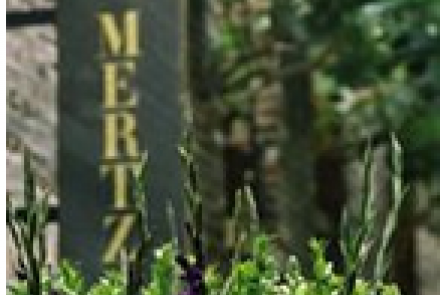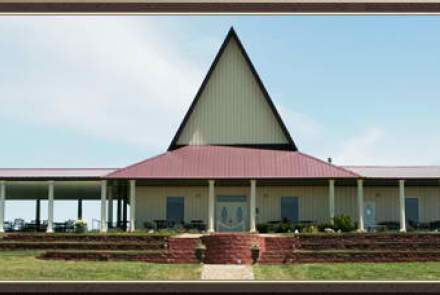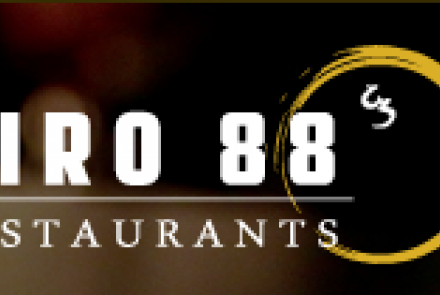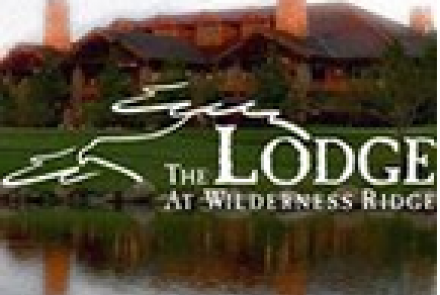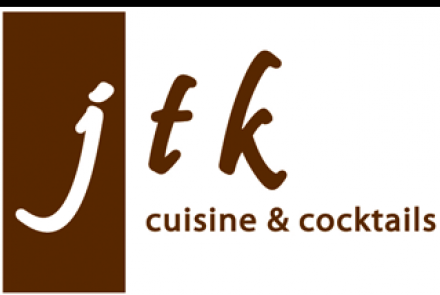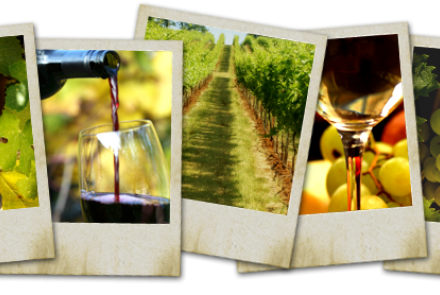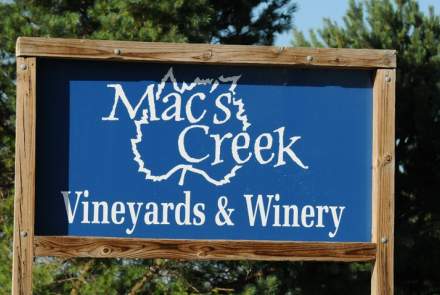The Nebraska wine region, though not as widely recognized as some other American wine areas, offers a unique and growing viticultural landscape. Situated in the heart of the Midwest, Nebraska's wine industry has been developing since the late 20th century, with a climate that presents both challenges and opportunities for grape growing.
Nebraska's continental climate, characterized by hot summers and cold winters, requires grape varieties that can withstand temperature extremes. Hybrid grapes, such as Edelweiss, La Crosse, and Frontenac, are commonly cultivated due to their resilience and ability to thrive in these conditions. These varieties often produce wines with distinctive flavors that reflect the region's terroir.
The state's wineries are often family-owned and emphasize a strong sense of community and hospitality. Many of these establishments offer tasting rooms and events that allow visitors to experience the local wine culture firsthand. The Nebraska Wine Passport program encourages exploration of the region's wineries, promoting tourism and local engagement.
In addition to traditional grape wines, Nebraska's winemakers also experiment with fruit wines, utilizing locally sourced fruits such as apples, cherries, and berries. This diversity in production highlights the innovative spirit of the region's vintners.
Overall, the Nebraska wine region is characterized by its adaptability, community focus, and commitment to producing quality wines that reflect the unique characteristics of the Midwest.

